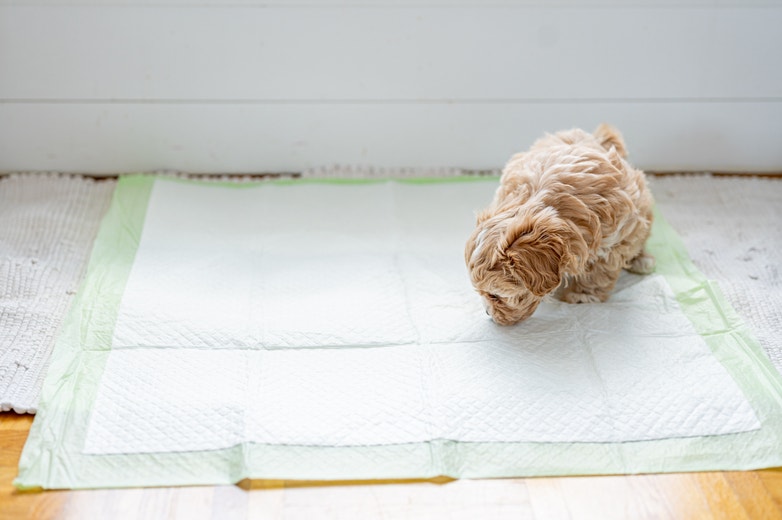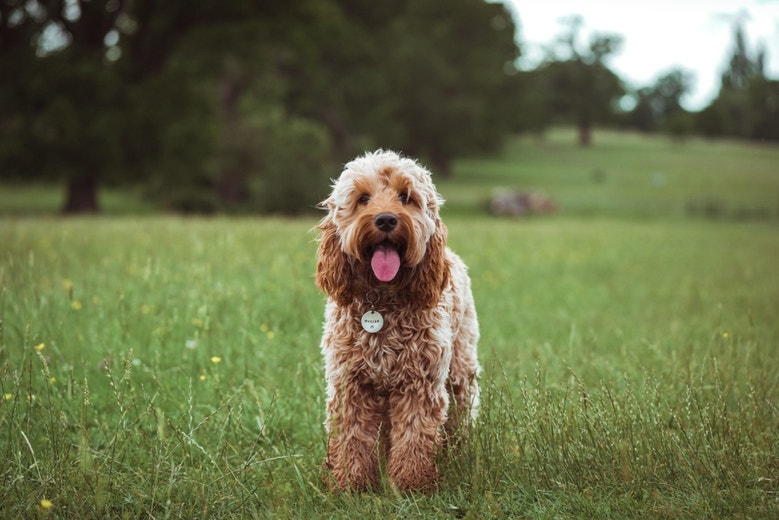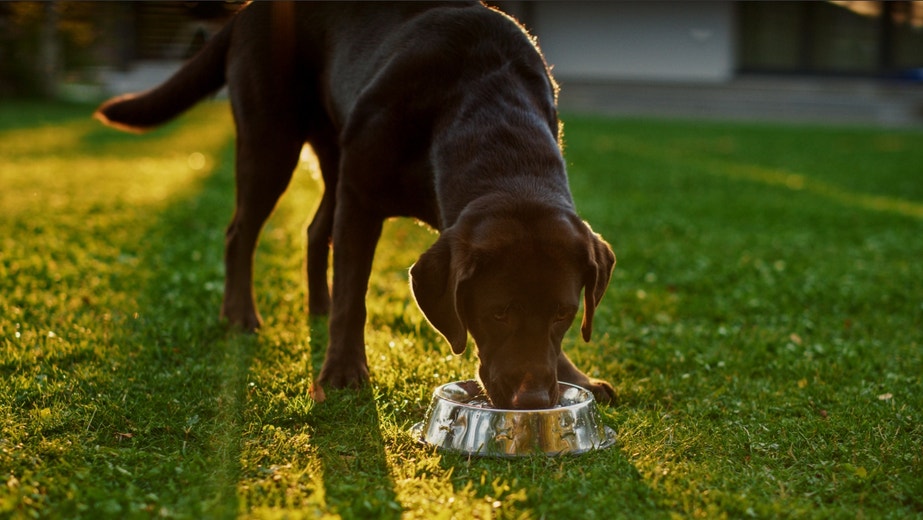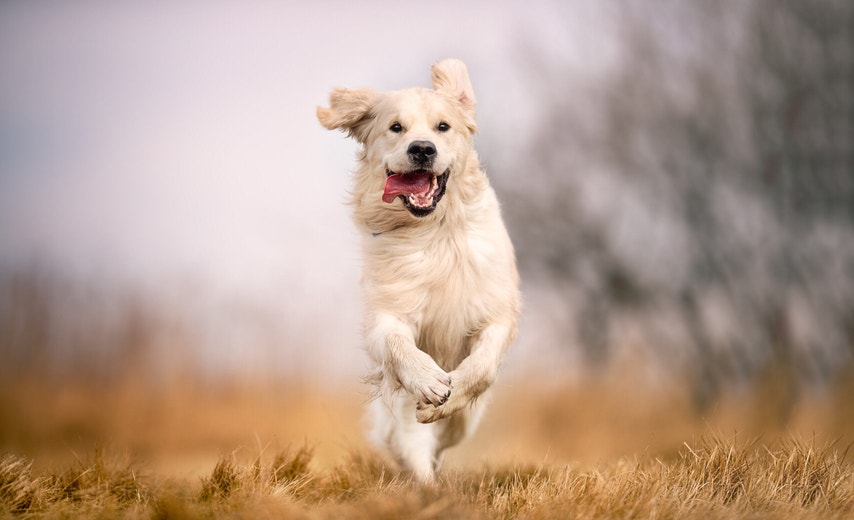
How To Slow Down Your Dog’s Eating Speed
If you’ve ever offered your dog their favourite food, then you’ll know just how fast a dog can eat. If your dog habitually eats too fast, it can be tricky to get them to slow down. However, learning how to slow your dog’s eating can help avoid serious health problems down the line.
What can happen if your dog eats too fast?
- Choking – inhaled pieces of food get stuck in your dog’s throat causing them to choke
- Bloat – undigested food causes discomfort, although this should pass eventually
- Gastric Dilatation-Volvulvus (GDV) – thought to be caused when your dog swallows a lot of air, resulting in a life-threatening twisted stomach and intestines
- Upset stomach and vomiting – eating too fast can upset your dog’s digestion and cause them to be sick
- Gas/burping – caused by inhaling too much air into their upper respiratory tract
- Lack of nourishment – eating too quickly could prevent your dog from getting the needed nutrients.
Why your dog might be eating too fast
Remember that dogs have evolved as scavengers, so they’re hard wired to look for food. Your dog may be eating fast for several reasons. For instance, they could have been raised in an environment where they had to compete for food – or, if you have more than one dog, they may be trying to avoid having their food stolen. Stress or anxiety could also be contributing to their fast eating or a medical issue might be increasing their appetite.
Rule out any medical issues
If you’re concerned about your dog’s fast eating, a trip to the vet might be a good idea to rule out any underlying health condition. A vet may check for problems such as:
- Hormone imbalance
- Intestinal parasite
- If your dog is already on medication that could be making them extra hungry
- If your dog’s diet lacks nutrients
- If your dog is not able to digest their food adequately.
Ways to slow down their eating
To make sure your dog gets the proper amount of nutrition – and to help avoid health problems – it’s important to slow your dog’s eating speed down. Various methods, including a slow eating dog bowl, puzzle toys or spreading food in various locations have been known to assist.
More frequent meal times
You could try feeding your dog a number of small meals spread throughout the course of the day. A good idea is to measure out your dog’s daily food ration at the start of the day and place in a container. Then you can feed from this container throughout the day. Another option is a timed automatic food dispenser. Physically slowing down the amount of food your dog has access to automatically makes it harder for them to gobble. As a last resort, you could also opt to feed your dog by hand.
Use a slow feeder bowl or puzzle toy
Slow feeder bowls or puzzle toys could help slow your dog’s eating down. A puzzle toy or feeder keeps your dog mentally stimulated, so they’ll burn energy at the same time. Slow feeder bowls are shaped in order to stop a dog taking huge mouthfuls at once, encouraging them to take smaller helpings at a time. If your dog eats moist food, you could consider buying a lick mat. Working on a similar principle to the slow feeder bowl, a lick mat features a raised pattern and works with your dog having to lick the moist food out of the ridges, rather than gobbling it down in one go.
Create barriers out of household objects
If you’re not sure whether a slow feeder bowl would work for your dog, you could experiment with putting food in a muffin tin or segregating it some other way and seeing if it makes a difference. Another option could be to hide your dog’s food in various places and encourage them to find it. This will not only keep them mentally engaged, but will slow down the amount they can consume. Even something as simple as scattering food on the floor could discourage gobbling. Putting a ball or toy in your dog’s food bowl means they have to work around it to get to their food. Just make sure the object is too big to be swallowed. However, it’s not advisable to encourage your dog to play or exercise during or straight after mealtimes. Getting to the bottom of your dog’s fast eating might be challenging – but it’s important to understand your dog’s behaviour and ensure they get the proper nourishment. To learn more about how to care for your dog and give them the best life possible, visit the blog page.
© 2023 Mars or Affiliates.




